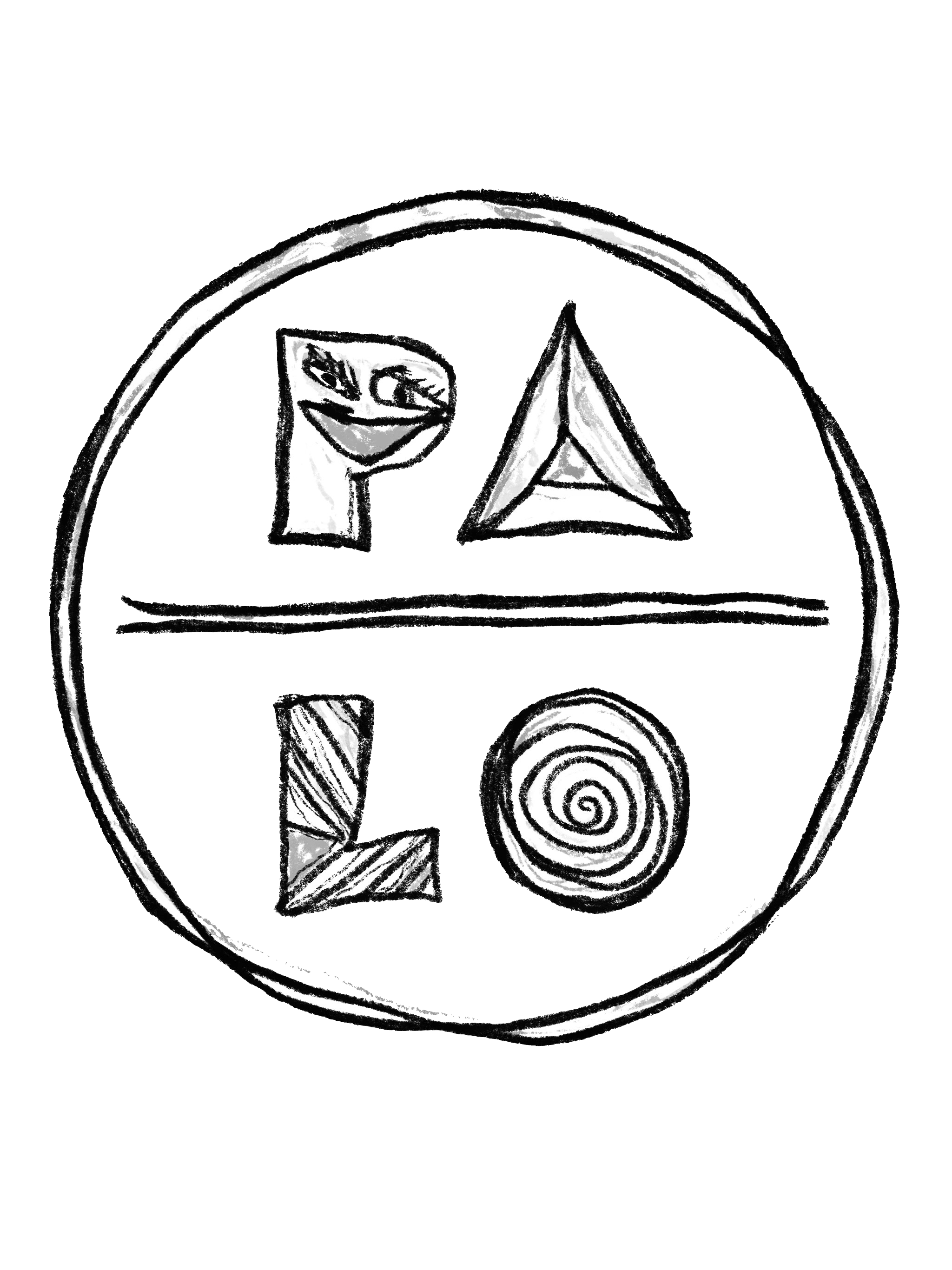Photographer Jane Hilton has been fascinated by American culture, especially that of the western states, since she first worked there on a fashion shoot in the late 1980s. “I got to know Arizona and the big blue skies. It was the complete opposite of what I grew up in” – grey, enclosed London. It was the start of a photographic love affair that has seen her return frequently to shoot cowboys and casinos, brothels and burlesque artists – people, she explains, who aren’t necessarily doing anything illegal, but who are living on the edge, often in contravention of social norms.
Her latest project, to be showcased in a new exhibition and limited-edition book, is called LA Gun Club, a study of a gun range in downtown Los Angeles where gun lovers go to learn to shoot better or just de-stress. In the book, she quotes a biology teacher who is there to counter the pressures of the job. “But that doesn’t mean I visualise the pupils,” he reassures her.
She discovered the gun club 18 months ago when her assistants suggested they pay a visit while they were doing an advertising shoot in LA. “I was given a 10-minute induction, and then we took four guns into the range – a pump-action shotgun, a semi-automatic rifle, a Glock [police-issue pistol] and a .44 Magnum revolver, which is what Clint Eastwood used in Dirty Harry. I was terrified, especially when they told me you must never pick up a gun and turn around to talk to someone. My hand was shaking. I’d never held a gun in my life, and I couldn’t believe someone would give me live ammunition.”
The experience gave Hilton an idea for a different sort of shoot. She cultivated the owners of the range, and made several further visits to take photographs. But she didn’t photograph the club’s patrons – she felt that had been overdone. Instead, she photographed the targets after they had been shot up. “On that first visit, I couldn’t believe the poster targets. They were extraordinary, non-PC targets, all beautifully done – characters that looked like Muslims, a thuggish-type burglar, a man with a hostage. All the people that go choose what they want to shoot at.”
It was those targets that fascinated her. “To me it was a bigger statement to interview the shooters, take away the targets that they’d shot at, and bring them back to London and photograph them. I felt it was a more interesting comment on American gun culture to see what damage it can do to a body than any photo of a man and a kid holding a gun.”
She says photographing the targets, rather than displaying them as artworks, allowed her to light them to show the bullet holes more clearly and to impose a degree of uniformity across the 17 images in the exhibition. “They are quite big, almost the real size of the targets, and the gallery will display them as if it is a shooting gallery, so you will get a sense of: ‘My goodness, what are you doing?'"
She juxtaposes the photographs with brief comments from the shooters, who she says were often wary of her. A brain surgeon, who was at the range with his 14-year-old son, laughed at her and said: “You British, you don’t understand the gun thing at all, do you?”
“They all had a different take on it,” she says. “Some of them just loved guns” – beautiful objects that lend themselves to fetishisation. Others were there for sport, or their jobs in security. The youngest participant was just eight. Hilton also met a couple on a date, bonding over their mutual interest in weaponry, and some young women for whom a couple of hours at the range was part of a night out. “It was a treat for them, a bit like going bowling.”
One of the teachers she met at the range slept with three loaded weapons in his bed. Let’s hope he doesn’t toss and turn too much. In a preface to Hilton’s book, gun-owning novelist Richard Ford says gun owners are as likely to shoot themselves or an innocent bystander as a hoodlum who is threatening them. “Guns – no matter who has them – are always seeking an opportunity to go off,” he writes. In that sense, every American is a target.
Jane Hilton’s exhibition is at Eleven Fine Art, 11 Eccleston Street, London SW1 from 13 May to 18 June. (elevenfineart.com) The limited-edition book will be available via her website janehilton.com.


